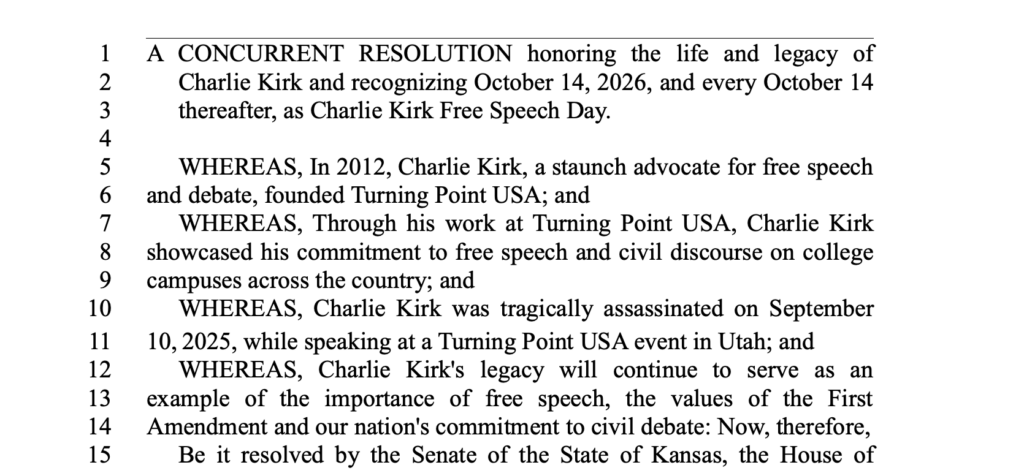Goat balls, a Kansas quack and country music: talking Nuts! with director Penny Lane
Generations before Cialis, John Romulus Brinkley said he had the fix for a certain male problem. The answer to impotence, said Brinkley (1885-1942), was goats. Specifically, an operation grafting goat testicles to human anatomy. The “goat gland” procedure was a breakthrough, a miracle — and, not incidentally, the ticket to tycoon-dom for the man who once called Milford, Kansas, his home.
It was also, of course, totally bogus.
The phony cure made him millions in the 1920s and ’30s, when the average MD made about $3,000 a year. And he spent part of that fortune becoming a national radio pioneer who helped popularize country music.
Also, he nearly became governor of the Sunflower State.
Brinkley’s rise and spectacular fall are the subject of a new documentary by Penny Lane (yes, her parents were Beatles fans), Nuts! The project earned a nomination for the Sundance Film Festival’s Grand Jury Prize, where Lane and Thom Stylinski shared this year’s award for editing. Lane is scheduled to attend a screening of her movie, presented by Kansas City Women in Film and Television, on Friday, July 1, at Tivoli Cinemas. Ahead of that appearance, I called her in New York to ask why Brinkley’s bad medicine shouldn’t be forgotten.
The Pitch: I remember during the Oscars ceremony, after a lousy montage of “socially relevant” films, Jon Stewart, quipped: “And none of these issues was ever a problem again?” Do you think that Stewart’s cynicism could be applied to Brinkley?
Penny Lane: Oh, yeah. One of the things I think is true is — if you make, as I do, historical documentaries —you pretty quickly realize that humanity isn’t evolving [laughs]. We’re the same as we were in Shakespeare’s time. This is an eternal story. There are many John Brinkleys today. With the film, I’m trying to set up something enlightening and certainly informative, but I’m under no illusion that I’m solving the problem.
When Brinkley was practicing in the 1920s and ’30s the line between legitimate and illegitimate medicine was more fluid than it is now. Did that help him stay in business?
If you look at that era — it’s not so much in the film but in the background of the film — we were definitely in a different time period in America, and in all of Western culture, in what was considered legitimate medicine. And we go from a world where John Brinkley can con people in North Carolina and, then when he gets into trouble, just pop up in Kansas. And then, when he gets into trouble, he just pops up in Texas. Things changed in the course of his career in a number of ways.
Many Kansans like me are shocked to learn that the Sunflower State once had the most powerful radio station, KFKB, in the nation — maybe the world — in the 1920s.
That’s an exaggeration — a claim Brinkley made that I repeat throughout the film. But certainly Kansas had one of the earliest and most popular radio stations in the country.
But we might not have had some of the first country-music broadcasts in the nation without him?
That’s what Brinkley would want you to think, but the great-man-in-history theory is usually wrong, right? He was good at identifying what was in the zeitgeist and sort of seeing what was in the future and making it work for him.
At the beginning of the movie, instead of saying it’s based on the biography by Pope Brock (who appears in the film), Charlatan, you declare that Nuts! is based on The Life of a Man, a “biography” that Brinkley commissioned. What was your strategy?
One of the first things I learned about this subject matter is that almost all of the archival material that’s available to tell the story has been either authored by Brinkley himself or had been paid for by Brinkley as a kind of promotional tool. So even many of the newspaper articles I show in the film are really just written by his PR agency and were placed in papers. The Life of a Man is the same way. It looks like a biography. It’s got a leather cover with gold letters, but it’s really just something Brinkley paid for and gave away for free to promote himself.
I realized early on as a documentarian I was going to have a lot of fun with the fact that the entire archival record for the subject was pretty untrustworthy and had come pretty much from the mouth of Brinkley himself. It works almost as well today as it did then. Which is kind of shocking, isn’t it? When mainstream science and medicine can’t provide answers to your suffering, you are clearly going to be more susceptible to pseudoscience. That seems not to have changed.
There is this kind of businessman in America who might not be a good person, but who creates wonders through their own desire for power and money. They can invent some cool stuff and make the world better. To some extent, Brinkley is that type. Not everything he did made the world better, but everything he did made the world more colorful and interesting.
He did a lot of bad things and harmed a lot of people. It’s not like he’s a great guy. He’s a very bad guy. People died from his treatments. A lot of the people who went to see him were very sick. He may not have killed anybody, but he did a lot of harm by encouraging people to see him instead of better doctors.
He wasn’t the only one with shady ethics. Kansas officials had to fudge data to prevent Brinkley from becoming governor?
That does appear to be true, according to every account I have found. It does appear that that election was stolen from him. I guess I’m glad they did that, but it was totally illegal. He was not a person you wanted sitting in the governor’s office. He was not actually going to govern Kansas. He had not interest in doing that. He just wanted to be more famous.

Why do you think animation was the best way to tell this story?
When I read the broad strokes of his story, it was almost kind of a Wizard of Oz kind of story. He paints in black and white and then puts it into color. I just thought animation would really be a fun way to really underline the fantastical elements of the story. The first image you see is of two goats having sex. There’s a kind of a wink in the animated sections that this isn’t a documentary in the strictest word.




